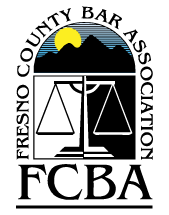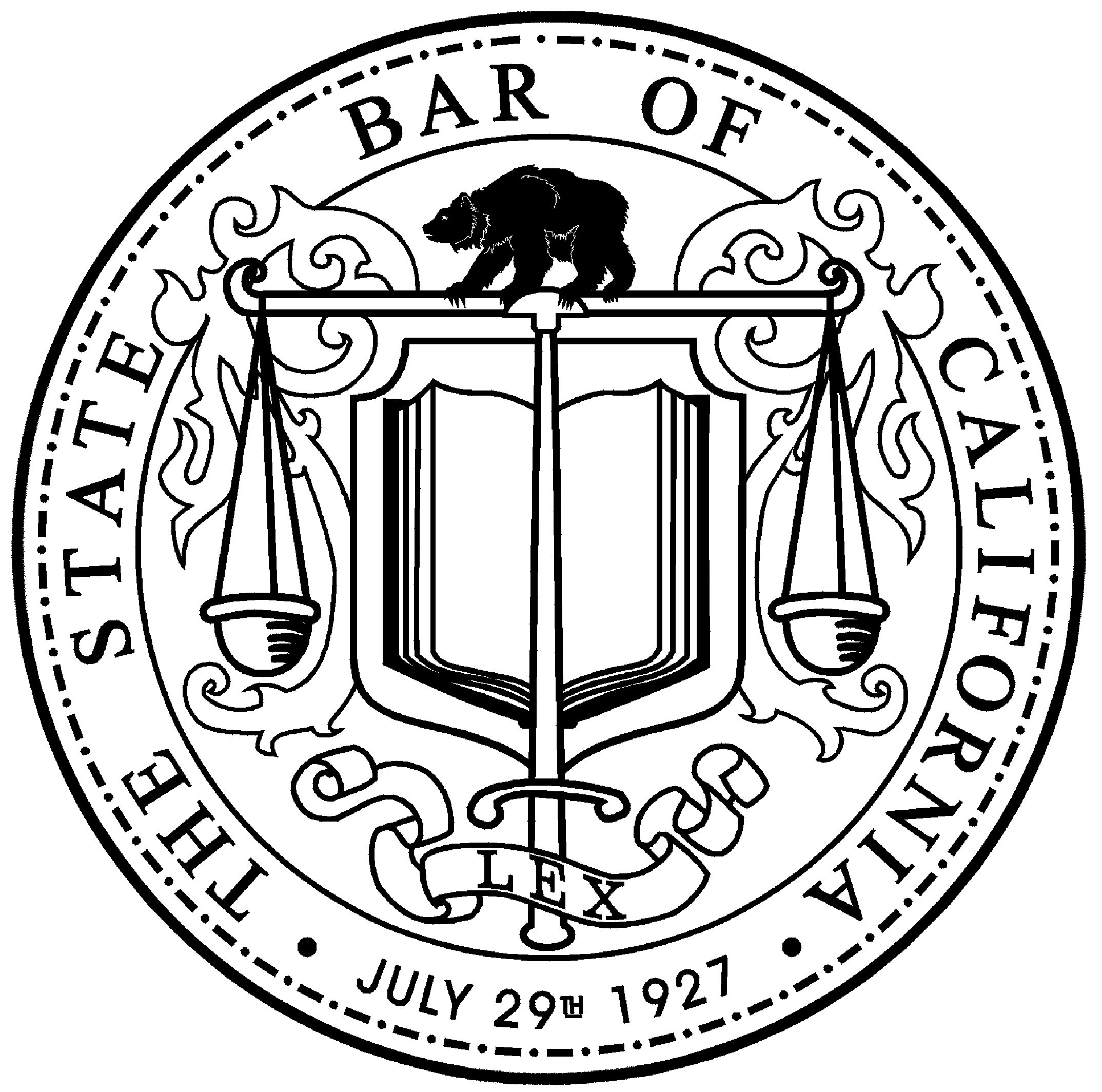Key Considerations for Workers' Compensation in Slip-and-Fall Accidents
Slip-and-fall accidents remain among the most common workplace injuries across all industries, accounting for thousands of workers' compensation claims annually in California. These seemingly straightforward accidents can result in complex legal situations that require careful navigation to ensure injured workers receive the benefits they deserve. Whether you've experienced a slip-and-fall at work or want to understand your rights proactively, this comprehensive guide explores the key considerations that can make or break your workers' compensation claim.
Understanding Slip-and-Fall Accidents in the Workplace
Workplace slip-and-fall accidents occur when employees lose their footing due to hazardous conditions on work premises. These incidents can happen anywhere from office buildings and retail spaces to construction sites and manufacturing facilities. Common scenarios include slipping on wet floors, tripping over loose cables or uneven surfaces, falling down stairs, or losing balance on recently cleaned surfaces without proper warning signs.
The injuries sustained in these accidents can range from minor bruises and sprains to severe fractures, traumatic brain injuries, and spinal cord damage. Even seemingly minor falls can result in significant medical expenses and time away from work, particularly when they involve head injuries or damage to joints and ligaments. The severity of injuries often depends on factors such as the height of the fall, the surface landed on, and the age and physical condition of the worker.
Certain work environments present higher risks for slip-and-fall accidents. Restaurants and food service establishments face constant challenges with spills and wet surfaces. Construction sites deal with uneven terrain, debris, and weather-related hazards. Healthcare facilities must manage frequent cleaning and the movement of equipment that can create temporary obstacles. Retail environments encounter issues with merchandise displays, recently mopped floors, and seasonal decorations that can obstruct walkways.
California's workers' compensation system operates on a no-fault basis, providing benefits to injured workers regardless of who caused the accident. This system covers virtually all employees, including those in high-risk industries, seasonal workers, and temporary positions, ensuring comprehensive protection when workplace slip-and-fall accidents occur.
Immediate Steps After a Slip-and-Fall Accident
The actions taken immediately following a slip-and-fall accident can significantly impact the success of a workers' compensation claim. The first priority should always be seeking appropriate medical attention, even if injuries seem minor initially. Some injuries, particularly those involving the head or spine, may not manifest symptoms immediately but can worsen without proper medical evaluation.
Reporting the accident to a supervisor or employer is crucial and should be done as soon as possible. California law requires that workplace injuries be reported within 30 days, but earlier reporting strengthens the claim and demonstrates the connection between the accident and the work environment. When reporting, provide clear details about what happened, when it occurred, and any contributing factors such as wet floors or poor lighting.
Documentation plays a vital role in building a strong workers' compensation case. If possible, take photographs of the accident scene, including any hazards that contributed to the fall. Identify and gather contact information from witnesses who saw the accident occur. Keep detailed records of all medical treatments, including essential steps to take after a workplace injury such as obtaining copies of medical reports and maintaining a journal of symptoms and recovery progress.
Evidence preservation is particularly important in slip-and-fall cases because the conditions that caused the accident may be temporary. Wet floors dry, spills get cleaned up, and loose cables get secured. Prompt documentation helps establish the dangerous conditions that existed at the time of the accident, which becomes crucial if the claim is disputed or if there are questions about causation.
Key Factors That Influence Workers' Compensation Claims
Several critical factors can determine the success of a slip-and-fall workers' compensation claim, each requiring careful consideration and documentation to ensure proper coverage.
Location of the Accident
The accident must have occurred on work premises or at a location where the employee was conducting work-related business, including parking lots, client locations, and areas adjacent to the workplace.
Timing and Work Activities
Accidents must happen during scheduled work hours while performing job duties, though workers' compensation for injuries sustained during workplace travel requires analysis of whether the activity benefited the employer.
Causal Relationship
A clear connection must exist between workplace conditions, equipment, or activities and the slip-and-fall accident, demonstrating that work-related factors directly contributed to the injury.
Pre-existing Conditions
While pre-existing conditions don't disqualify workers from benefits, medical documentation must distinguish between existing symptoms and those caused or aggravated by the workplace accident.
Understanding these factors helps workers build stronger claims and anticipate potential challenges during the compensation process.
Challenges Specific to Slip-and-Fall Claims
Slip-and-fall workers' compensation claims face unique challenges that don't typically arise with other types of workplace injuries. Proving work-relatedness can be more difficult when the accident involves common hazards that could occur anywhere, such as wet floors or uneven surfaces. Insurance companies may argue that the employee should have seen and avoided obvious hazards, requiring careful documentation of why the hazard was not reasonably avoidable.
Employer negligence can play a significant role in slip-and-fall cases, even within the no-fault workers' compensation system. While workers' compensation typically prevents employees from suing their employers for workplace injuries, cases involving gross negligence or intentional harm may allow for additional legal remedies beyond standard workers' compensation benefits. Examples might include knowingly allowing dangerous conditions to persist or failing to follow required safety protocols.
Disputed claims are particularly common in slip-and-fall cases because insurance companies often question whether the accident was truly work-related or whether the employee contributed to their own injury. These disputes may involve hiring investigators to examine the accident scene, reviewing security footage, and interviewing witnesses. Having thorough documentation from the outset helps counter these challenges and supports the legitimacy of the claim.
Third-party liability considerations add another layer of complexity to slip-and-fall cases. If the accident was caused by the negligence of someone other than the employer, such as a property owner, cleaning service, or equipment manufacturer, the injured worker may have grounds for a personal injury lawsuit in addition to their workers' compensation claim. These situations require careful legal analysis to maximize recovery while avoiding conflicts between different insurance carriers.
Medical Treatment and Documentation
The importance of documentation in workers' compensation claims cannot be overstated, particularly for slip-and-fall accidents where the connection between the incident and resulting injuries may be questioned. Immediate medical attention serves both health and legal purposes, providing professional documentation of injuries that can be traced directly to the workplace accident.
Choosing the right healthcare providers can impact both treatment outcomes and claim success. In California, injured workers generally have the right to choose their treating physician, though some employers maintain Medical Provider Networks (MPNs) that may limit initial treatment options. Understanding these options and why it's important to pick the right occupational physician helps ensure appropriate care while supporting the workers' compensation claim.
Ongoing treatment considerations become particularly important for slip-and-fall injuries, which may involve multiple body systems and require various specialists. Head injuries may require neurological evaluation, while joint injuries might need orthopedic care and physical therapy. Maintaining consistent treatment and following medical recommendations demonstrates the severity of injuries and the need for continued care, which supports wage replacement and medical coverage claims.
Medical record requirements extend beyond initial treatment to include detailed documentation of how injuries impact daily activities and work capabilities. This information becomes crucial when determining disability ratings and appropriate compensation levels. Workers should maintain personal records of symptoms, limitations, and recovery progress to supplement official medical documentation.
Compensation Types Available
Workers' compensation benefits for slip-and-fall accidents encompass several types of coverage designed to address the full impact of workplace injuries. Medical expenses coverage includes all reasonable and necessary treatment related to the work injury, from emergency room visits and diagnostic tests to ongoing therapy and prescription medications. This coverage continues for as long as medical treatment is required, even if it extends for years after the initial accident.
Wage replacement benefits in workers' comp claims provide financial support while workers recover from their injuries. Temporary disability benefits replace a portion of lost wages when workers are unable to work due to their injuries. These benefits typically amount to two-thirds of the worker's average weekly wage, subject to state-mandated maximum limits.
Disability ratings in California workers' compensation cases determine long-term compensation for workers whose injuries result in permanent limitations. The rating process involves medical evaluations to assess the extent of permanent impairment and its impact on future earning capacity. Higher disability ratings result in larger compensation awards, making accurate medical evaluation crucial.
Rehabilitation services may be available to help injured workers return to productive employment. This can include vocational rehabilitation to learn new skills if the injury prevents return to previous work, or physical therapy to regain strength and mobility. These services recognize that workplace injuries can have long-lasting impacts that extend beyond immediate medical treatment.
Common Obstacles and How to Overcome Them
Slip-and-fall workers' compensation claims often face specific challenges that require strategic approaches to resolve successfully.
1. Claim Denials
Understanding your rights after a denied workers' comp claim is crucial, as denials often stem from disputes over work-relatedness or injury severity.
2. Appeals Process Requirements
The appeals process provides a mechanism for challenging denials but requires careful preparation, additional medical evidence, and understanding of strict time limits for filing.
3. Causation Disputes
Medical experts may need to provide opinions about whether workplace conditions caused injuries, particularly when workers have pre-existing conditions or accident circumstances are unclear.
4. Return-to-Work Challenges
Workers' rights when returning to work after an injury include reasonable accommodations and protection from retaliation when ongoing limitations affect job performance.
5. Third-Party Liability Issues
When accidents involve negligence by parties other than the employer, coordination between workers' compensation claims and potential personal injury lawsuits becomes necessary to maximize recovery.
Overcoming these obstacles typically requires thorough documentation, medical evidence, and sometimes professional legal assistance to navigate complex situations effectively.
Prevention and Employer Responsibilities
Workplace safety protections establish the foundation for preventing slip-and-fall accidents through comprehensive safety standards and employer obligations. The Occupational Safety and Health Administration (OSHA) sets specific standards for maintaining safe walking and working surfaces, requiring employers to keep floors clean and dry, provide adequate lighting, and mark or eliminate hazards that could cause falls.
Employer duties extend beyond basic compliance to include proactive hazard identification and correction. This involves regular safety inspections, prompt cleanup of spills, proper maintenance of walking surfaces, and installation of appropriate warning signs or barriers when temporary hazards exist. Personal protective equipment may be required in certain environments where slip-and-fall risks are elevated.
Training programs play a crucial role in slip-and-fall prevention by educating workers about common hazards and safe work practices. Employees should be trained to recognize dangerous conditions, report hazards promptly, and use proper techniques when walking on potentially slippery surfaces. Regular safety meetings and refresher training help maintain awareness of slip-and-fall risks.
Creating a culture of safety involves engaging all employees in hazard identification and prevention efforts. This includes encouraging workers to report unsafe conditions without fear of retaliation, investigating near-miss incidents to prevent future accidents, and recognizing employees who contribute to workplace safety initiatives.
Conclusion
Slip-and-fall accidents in the workplace can have serious consequences, but understanding your rights under California's workers' compensation system helps ensure you receive appropriate benefits. Success in these cases depends on thorough documentation, prompt reporting, proper medical care, and persistent advocacy for your rights. While the workers' compensation system provides no-fault coverage, slip-and-fall claims often face additional scrutiny, making it crucial to understand these key considerations and take appropriate action to protect your interests.
Cole, Fisher, Cole, O’Keefe + Mahoney is Central California’s leading workers’ compensation and social security disability law firm. With over 30 years of successful experience, we are committed to securing maximum benefits for our clients in the Fresno, California area. Schedule a free consultation today.
© 2025 Cole, Fisher, Cole, O’Keefe + Mahoney
Making a false or fraudulent workers’ compensation claim is a felony subject to up to five years in prison, or a fine of up to $150,000 or double the value of the fraud, whichever is greater, or by both imprisonment and fine.







